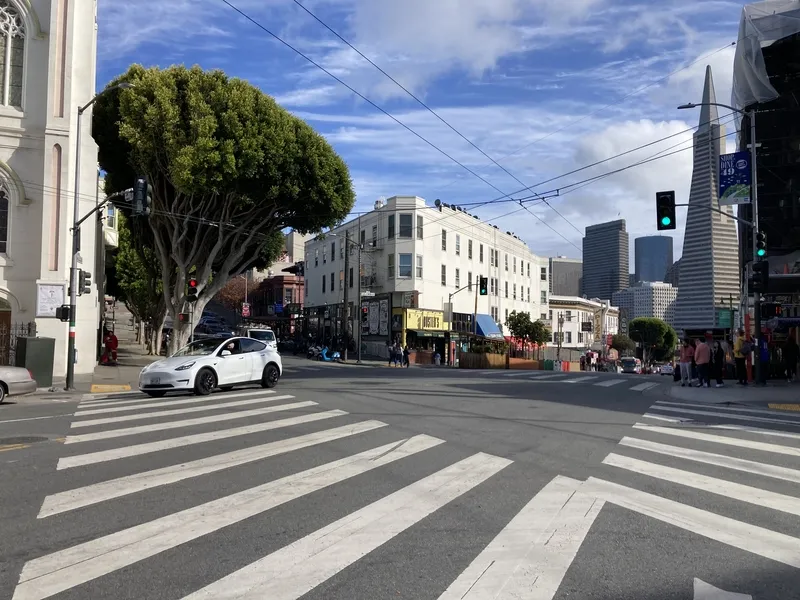
San Francisco is to install automated speed enforcement cameras for the first time in 2025.
San Francisco Municipal Transportation Agency (SFMTA) says they will be introduced at 33 locations on city-owned streets (as opposed to freeways or state-owned roads), following an analysis of speeding hotspots.
More than 70 locations were identified, with a concentration on locations with the highest percentage of vehicles traveling 10mph or more over the posted speed limit.
The cameras will therefore be distributed along San Francisco’s High Injury Network (HIN) "with at least two cameras in each Supervisor’s district and at many key freeway touchdown points in the city", SFMTA says.
HIN is the 12% of city streets that account for 68% of San Francisco's serious and fatal roadway injuries. The team identified locations near schools, senior service centres, parks and areas with high pedestrian activity - and found blocks there which are suitable for speed cameras, with clear sight lines and existing mid-block streetlight poles owned by the city.
The cameras will enforce lower speeds outside eight school sites, 12 parks, 11 social service sites serving seniors and people with disabilities and 12 neighbourhood commercial districts where many people walk or bike.
In 2023, the California State Legislature passed Assembly Bill 645, which authorised six cities, including San Francisco, to pilot the cameras for five years.
AB 645 sets 11mph or more as the speeding threshold that speed safety cameras will target. By law, there are three stipulations on where the cameras can be installed: if the street were previously designated a safety corridor with a high proportion of injury-related crashes; or has a high number of vehicle racing incidents; or is in a school zone.
Among next steps, SFMTA says it has to find a camera vendor, finalise the citation process, and build a community education and awareness campaign.








